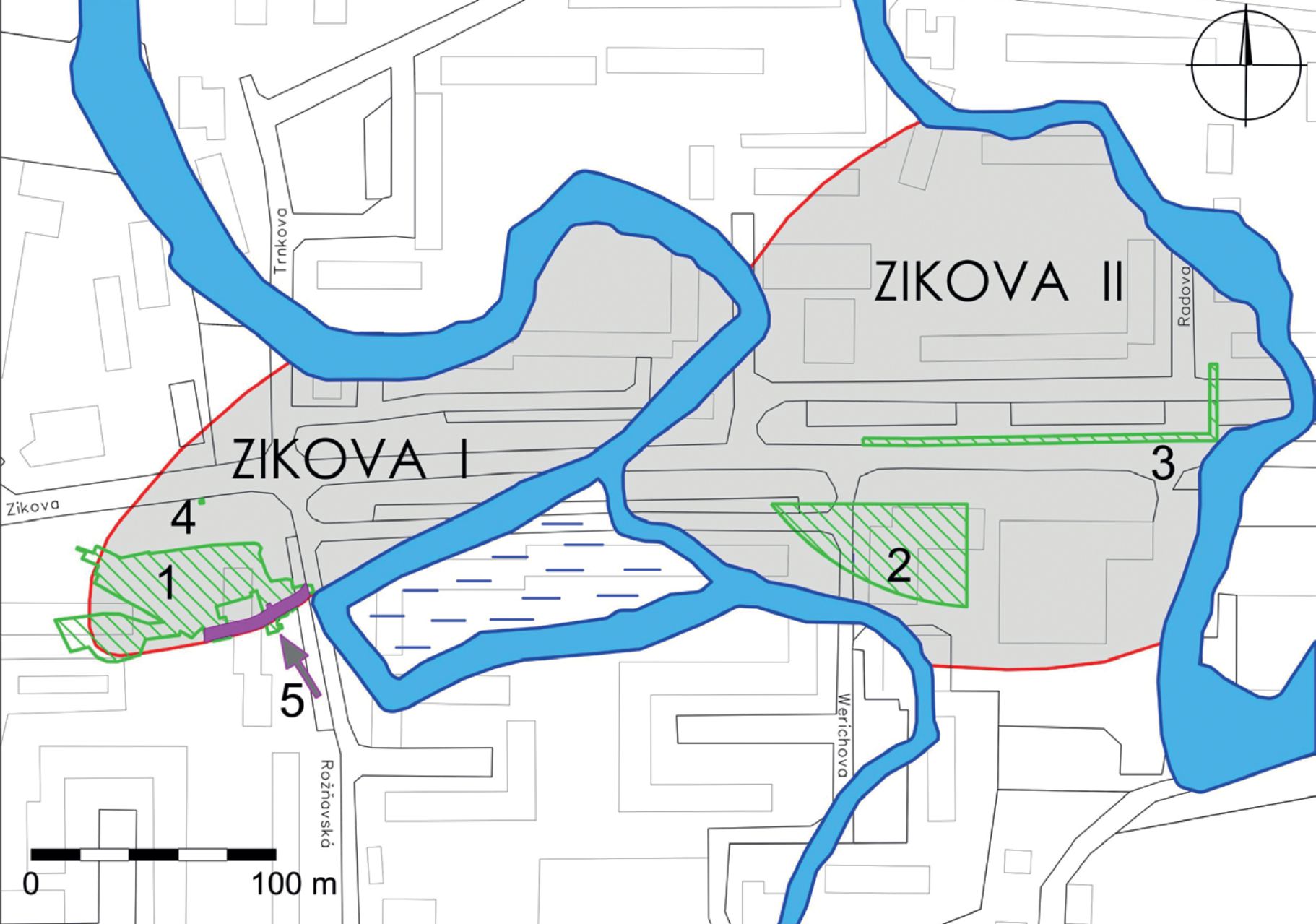Vegetation and economy of the pre-Great Moravian central site of Olomouc-Povel
DOI:
https://doi.org/10.35686/AR.2016.25Keywords:
Early Middle Ages, Olomouc, Early Hillfort period, waterlogged archaeological site, archaeobotany, anthracologyAbstract
This contribution deals with an extensive collection of botanical ecofacts obtained in the years 1985–1987 at the early mediaeval site Olomouc-Povel (Zikova street). The settlement was surveyed in the 1980s, and due to the uniqueness of the situation it was interpreted as a pre-Great Moravian administrative and power centre. The excavation also included the collection of plant ecofacts and the sampling of sediments under study with the purpose of obtaining plant remains by flotation. The sampling was carried out with the aim to characterize the natural environment and basic attributes of the economy of the settlement agglomeration. Continuously waterlogged sediments made it possible to obtain, besides commonly encountered charred plant remains (charcoal pieces, charred plant macroremains), also a large amount of uncharred plant macroremains (seeds, fruits, uncharred wood), including a uniquely preserved set of leaf blades. Notable palaeoecological findings include, for example, a low influence of early mediaeval settlement on woodland vegetation and a mesophilous character of woodland stands in the basins of the rivers Povelka and Morava, an emphasis on the cultivation of proso millet, and a high proportion of rye among cultivated grain crops.
Downloads












